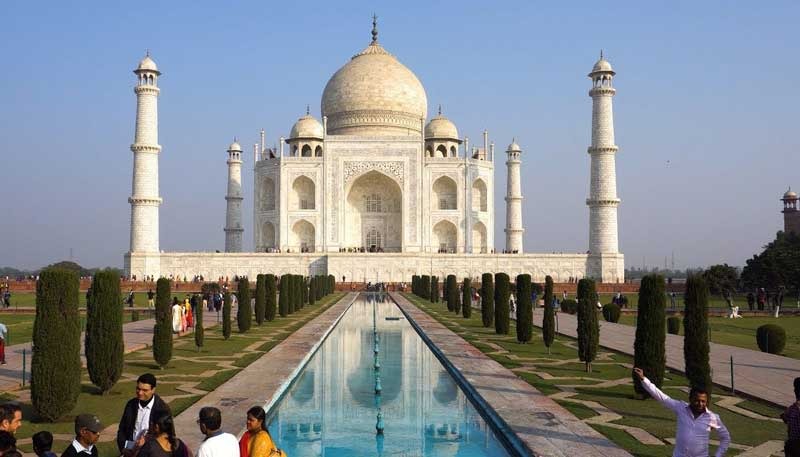Six months after the Taj Mahal and the Agra Fort were closed to the public, the world heritage monuments will reopen from September 21. The two monuments have been closed since March 17—days before the nationwide lockdown was instituted to curb the spread of the coronavirus disease (Covid-19).
“It is perhaps for the first time that the Taj Mahal, credited with attracting the largest number of tourists to India, has been closed for such a protracted period,” said Arun Dang, the former president of India’s Tourism Guild. “It is truly unprecedented. Though the monument was closed during Second World War and also during the two wars with Pakistan in 1965 and 1971, the closure was never this long,” said Arun Dang. “When it was closed during the wars, the white monument was covered with a black cloth to save it from airstrikes,” Dang said. “Taj Mahal was also closed during the floods of 1978. But then only the western gate was closed because the Yamuna waters had flooded the roads,” recollected Dang.
India, home to 1.3 million people, on Monday overtook Brazil to become the world’s second most-infected nation with more than 4.2 million cases, behind only the United States. “The Taj Mahal will re-open on September 21. All Covid-19 protocols, like physical distancing, masks will be followed,” northern Uttar Pradesh state’s Tourism Department deputy director Amit Srivastava told AFP.
Visitors will be limited to 5,000 a day, down from the usual daily average of 20,000, he added. One of the New Seven Wonders of the World, the shining marble mausoleum south of the capital New Delhi has been closed since mid-March as part of India’s strict virus lockdown.
Uttar Pradesh, home to Agra city where the Taj is located, is one of the worst-hit states in India with more than 270,000 virus cases recorded so far. India has pushed ahead with re-opening to boost its virus-battered economy even as infections have steadily increased. Since August, India has been reporting the highest single-day rises in the world.








